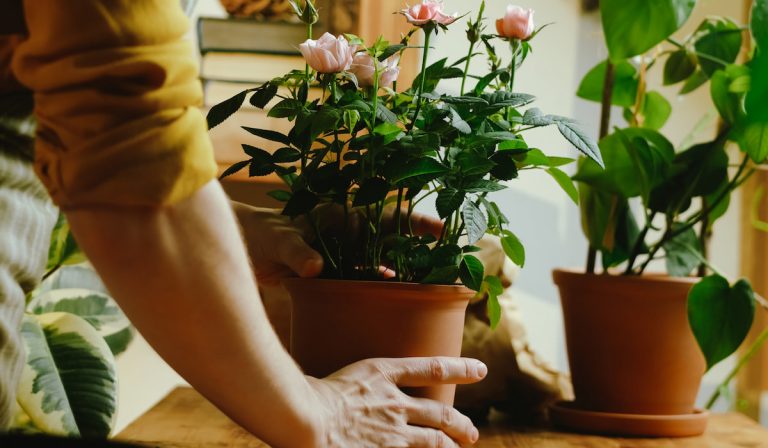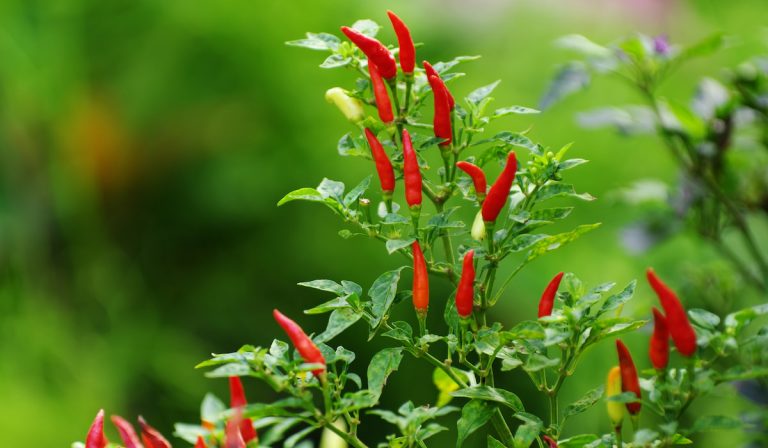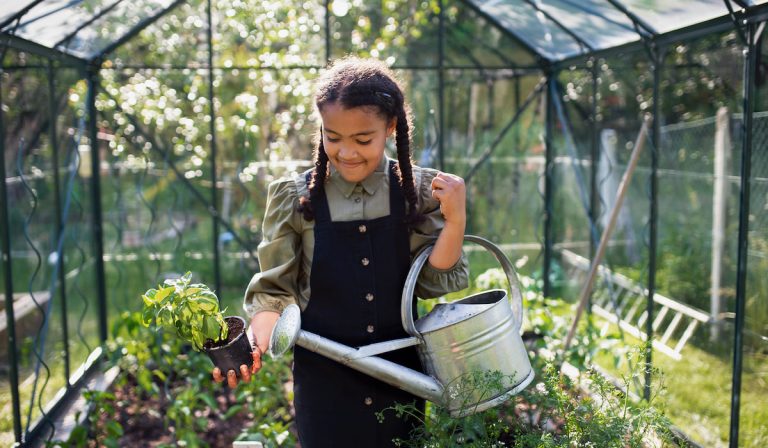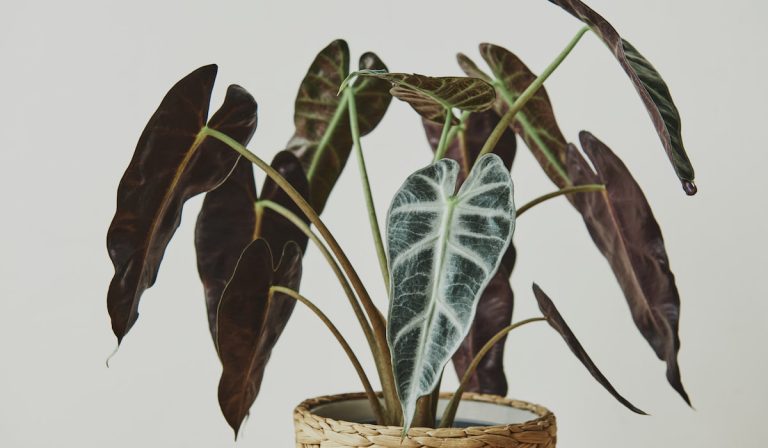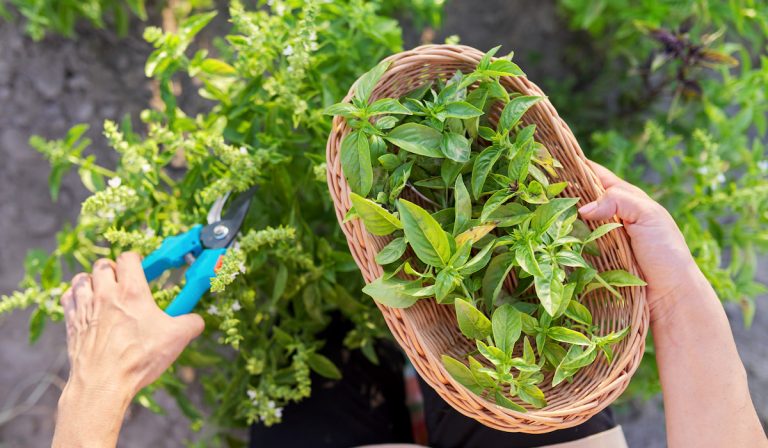7 Shade Cloth Options for Your Greenhouse (and when to use them)
Shade cloth is used to limit the amount of direct sunlight to greenhouse plants and decrease the inside temperature as well. By using the proper shade cloth, you can protect your plants from scorching heat while still allowing them to receive enough light for growth.
Shade cloth is a sturdy, mesh fabric that is installed over a metal greenhouse skeleton. The fabric lets the air pass through it but lessens the amount of sunlight that gets into the greenhouse.
How does shade cloth work? Shade cloth acts as a sun blocker which absorbs energy and converts it to heat. While the temperature of the cloth rises, the overall inside temperature of the greenhouse remains more stable.
This is important because many plants, such as vegetables and flowers are susceptible to high temperatures, especially during their early growth stages.
The knitted structure of a greenhouse shade also protects fragile plants from strong winds, hail, heavy rain, and frost.
Generally, shade cloths are classified by three factors.
- Construction
- Percentage
- Color
The type of shade cloth required for your greenhouse will depend on the season, region, and types of plants you are growing.
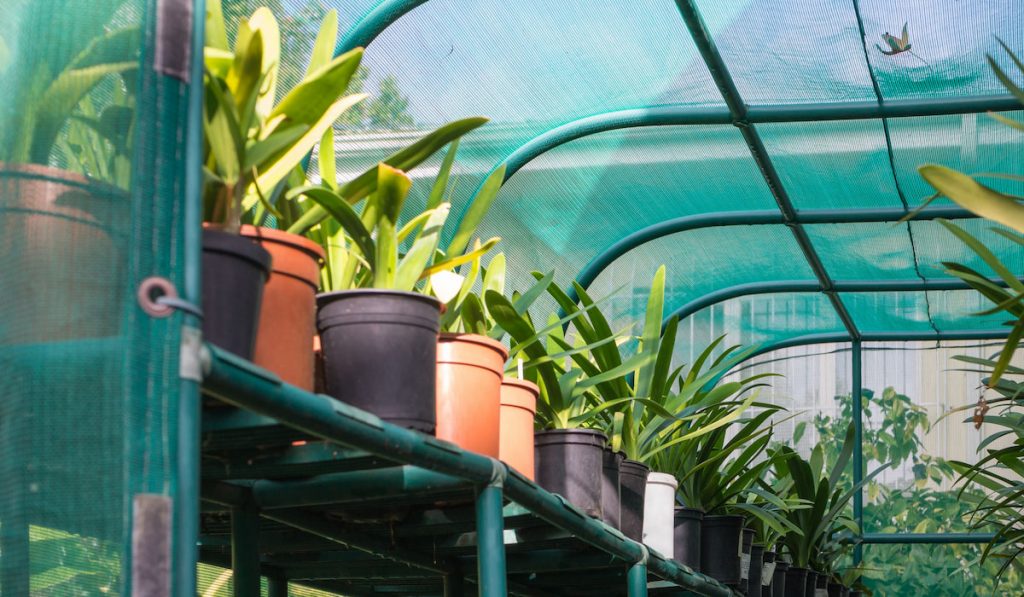
Table of Contents
Knitted Shade Cloth Vs Woven Shade Cloth
As with many other types of fabrics, shade cloths are also manufactured in two patterns. Which differentiate them into knitted and woven shade cloths.
Knitted shade cloths are made of a type of elastic thermoplastic: Polyethylene. A single polyethylene yarn is interloped and interlaced to make the fabric. Which gives it elasticity and makes it breathable enough to allow good ventilation.
Knitted shade cloths:
- UV resistant
- Withstand chemicals, detergents, and mild weathering
- Have a complex weave so don’t fray easily
- Lightweight
- Able to resist mild damage
- Long lasting
Woven shade cloths on the other hand are made of a non-elastic thermoplastic: Polypropylene. It’s made up of multiple yarns, weaved in a crisscross pattern, which makes it less stretchable and heavy.
Typically, woven shade cloths are not used in greenhouses due to their fragility and heavyweight. However, they are preferred in greenhouses for winter gardening. Woven shade cloths are used as sunscreens for patios or windows.
Woven Shade cloths:
- Highly UV resistant
- Can withstand extreme sun exposure
- Prone to fraying
- Heavy – difficult to install
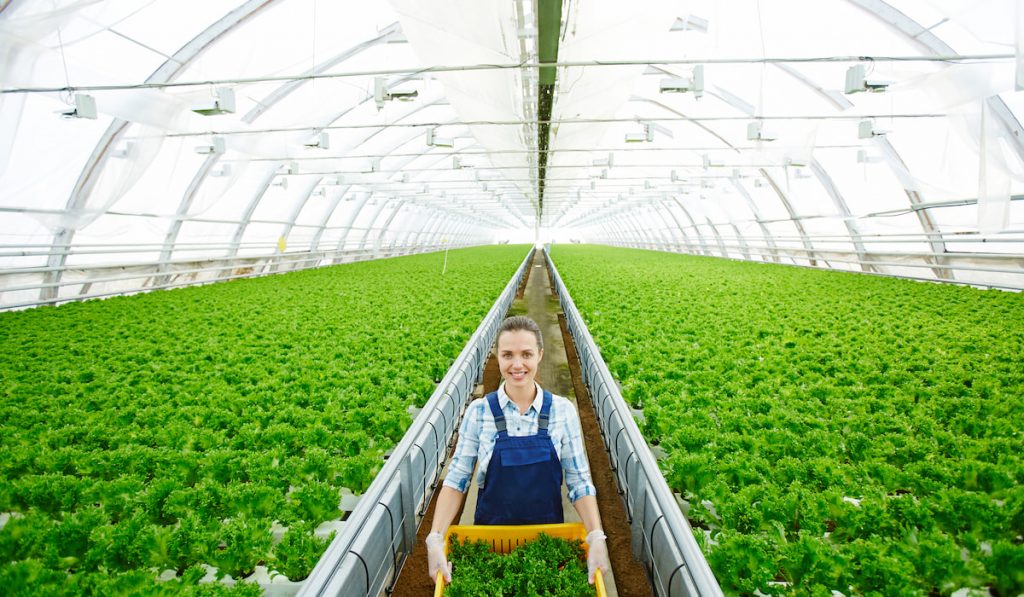
What is The Percentage of Shade Cloth?
Percentage of shade cloth means the density of yarns per square yard. The higher the percentage, the denser it becomes.
A denser shade cloth provides more coverage than a light cloth. Similarly, dark colors like black and blue have a higher percentage than light colors.
For example, a 30% shade cloth will block only 30% of the sunlight whereas a 60% shade cloth will block 60%.
Black shade cloth blocks more sunlight than white shade cloth.
Shade cloths percentage are generally between 30% -90%. You should choose a percentage depending on the needs of your greenhouse.
- Vegetables like cabbage, peppers, and lettuce all require a 30% shade cloth.
- Some flowering plants like irises and fruits would do well with a shade cloth that has 50% or less coverage.
- Ferns and orchids prefer a shade cloth that’s up to 80%.
7 Shade Cloth Options in Different Colors
Shade cloths come in a variety of colors, each color has its own strength of blocking sunlight and UV radiation. A better understanding of colors can help in choosing the right shade cloth for your plants.
1. Green

The most common type of shade cloth we see at greenhouses is the green shade cloth. Green shades offer around 70% of heat absorption, it is suitable for all kinds of plants.
It is believed that plants under green shade have better leaf growth because it doesn’t completely block the light spectrum suitable for photosynthesis.
Plant Nurseries and gardens prefer green shades, it is also widely used for pool and tennis court covers.
2. Black
For those who live in very hot places where the green shade cloth is not sufficient, a black cloth could be used as an alternative. It’s the darkest shade and absorbs almost all heat and blocks a higher spectrum of UV rays.
Black shade cloths come in a wide range of percentages. Depending upon their density, you can find black shades from 30% to 90% coverage.
Black shade cloth is used in the cultivation of ornamental plants; shade-loving plants like ‘cast-iron plant’ show excellent growth under black shades.
Because of its high absorbency, black shade is also preferred for shading patios and pet kennels.
3. White
White shade cloth not only absorbs light, it also reflects it back resulting in even lower temperatures. They are available between 20% to 50% coverage.
Many people prefer white shades because they block some extent of light but allow the UV light range that is beneficial for plant growth. So, plants grow and yield better under white shade cloth.
Flowering plants and some types of vegetables require white shade cloths.
4. Red
Red shade cloth has high heat absorption as well, it blocks around 80% of light. Plants under red shades produce a higher number of leaves, however, it is not the same for all species.
Cane plants are known to grow stronger and bigger under red nets.
6. Deep Blue
Blue is again a high heat absorbent type which blocks around 70% of the light and offers good UV protection. Plants under blue shade cloth produce stronger and larger roots.
Orchids have shown more enhanced growth under blue color shades than any other color.
6. Violet
Violet shade cloth offers a lower percentage of light and UV blockage. It stops only 45% of the light hitting its surface, and allows more penetration good for photosynthesis.
Plants under violet shades show increased production and better foliage.
Violet shades show great results for growing nut trees.
7. Aluminet
Aluminet is a trademarked shade cloth. It works a little differently than conventional nets. Aluminet is also made of polyethylene like other nets, but it is infused with Aluminum metal which gives it a shiny silver appearance.
It does not absorb heat but its shiny surface acts as a mirror and reflects 70% to 90% of sunlight and UV radiation. It’s available between the strength of 30% and 90%.
Aluminet also acts as a good insulator and reduces heat loss in winter. Its interior surface works as a blanket and retains the heat and moisture inside when the temperature drops outside.
Due to its close knitting, Aluminet also shields from pests and worms. Many greenhouses use it as an alternative to black shades.
Conclusion
Farmers have been using shade cloths for almost three decades now. It has been widely noted that plants under shades cloths grow much differently than uncovered plants. They can be bigger, greener, and more productive.
All cloths are not the same, so carefully consider the color, percentage, and density before you choose a shade cloth for your greenhouse.


